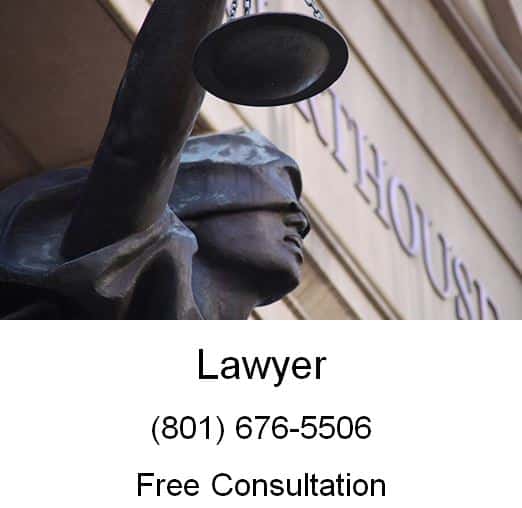Survivors of domestic violence have several civil and criminal protection or restraining order options to protect themselves from further abuse. Although these orders won’t necessarily stop an abuser from stalking or hurting a victim, they permit the victim to call the police and have the abuser arrested if the order is violated. This article will provide the types of protection available to a victim of domestic violence.
Orders of Protection and Restraining Orders
More specifically, the following types of protection will be discussed:
- Emergency Protection Orders
- Protection Orders
- Restraining Orders
- Criminal Protection Orders
This article will also cover what happens when someone violates one of these orders and how these orders are enforced in states other than the one that the order is issued in.
Emergency Protection Order
In many states, when the police encounter a domestic violence situation, one of the two parties involved in the dispute is required (or requested) to leave the home. Often, this person is the abuser, although the police can be mistaken about who the aggressor is. In about one-third of states, police officers are also authorized or required to remove guns when they arrive at the scene of a domestic violence incident.
In some states, the police can give the victim an Emergency Protection Order (EPO), which is a short-term protection order typically given to a victim by the police or magistrate when his or her abuser is arrested for domestic violence. An EPO is generally for limited period, such as three or seven days, which allows the victim time to request a longer-term protection order.
Protection Order
All 50 states and the District of Columbia have statutes for some form of protection order. However, states call this protection order different things. For example, Illinois, New York and Texas call them protection orders or orders of protection, whereas California calls the same thing a restraining order, and Florida calls it an injunction for protection against domestic violence.
A protection order is different from an EPO because it’s longer term, typically for one to five years, and in extreme circumstances, for up to a lifetime. A victim can renew the protection order if the victim still feels threatened by his or her abuser.
A protection order may include many different provisions, including:
- No Contact Provision: Prohibiting the abuser from calling, texting, emailing, stalking, attacking, hitting, or disturbing the victim.
- Peaceful Contact Provision: Permitting the abuser to peacefully communicate with the victim for limited reasons, including care and transfer for visitation of their child.
- Stay Away Provision: Ordering the abuser to stay at least a certain number of yards or feet away from the victim, his or her home, job, school, and car. The stay-away distance can vary by state, judge or the lethality of the situation, but is often at least 100 yards or 300 feet.
- Move Out Provision: Requiring the abuser to move out of a home shared with the victim.
- Firearms Provision: Requiring the abuser to surrender any guns he or she possesses (about 2/3rds of states) and/or prohibiting the abuser from purchasing a firearm.
- Counseling Provision: Ordering the abuser to attend counseling, such as batterer’s intervention or anger management.
Protection orders may include children, other family members, roommates, or current romantic partners of the victim. This means the same no contact and stay away rules apply to the other listed individuals, even if the direct harm was to the victim. Some states even allow pets to be protected by the same order, as abusers may harm pets to torment their victims.
Some states include as part of the protection order visitation and custody for children of the victim and abuser. These are generally temporary and can be modified by divorce or other future family court orders.
In order to obtain a protection order, you need to file the required legal papers with your local court, and follow your state law to present evidence at your hearing and to serve your abuser. The police can sometimes serve the papers for you.
Restraining Order
A restraining order is an order requiring parties to a lawsuit to do or not do certain things. It may be part of a family law case, such as a divorce, or other civil case. Although this isn’t the same as a “domestic violence restraining order,” which is summarized above, domestic violence can be a factor in the underlying family law case.
Restraining orders may be requested “ex parte” meaning that one party asks the court to do something without telling the other party. If the restraining order is granted ex parte, then the other party is later permitted a hearing to present his or her side of the story. This is often the process for protection orders as well. Since restraining orders also vary by state, it’s important to consult with an attorney familiar with the law where you live.
Criminal Protection Order
If a criminal case is pending, the district attorney may request or the judge may order a protection order for the victim of the crime. For more information on criminal domestic violence.
Violation of Protection Orders
Violation of a protection order can be treated in one of three ways: as a felony, misdemeanor, or contempt of court. Felony charges are typically reserved for either repeat or serious violations. Sometimes violations are considered both contempt of court and a new domestic violence charge, although California found that this subjects the defendant to double jeopardy. In many states, police policy is to arrest violators of these orders automatically.
Enforcing Protection Orders in Different States
Domestic violence survivors may move as part of a plan to keep them safe from a former abuser. The Full Faith & Credit Clause of the Constitution and federal law require valid protection orders to be enforced where it’s issued and in all other U.S. states and territories as well. Therefore, if an abuser stalks a victim in his or her new state of residency, the police must uphold the protection order from another state.
Free Consultation with a Lawyer in Utah
When you need help about Domestic Violence, call <a href="https://www.ascentlawfirm.com/"Ascent Law for your free consultation (801) 676-5506. We want to help you.
8833 S. Redwood Road, Suite C
West Jordan, Utah
84088 United States
Telephone: (801) 676-5506
Recent Posts
Which Visitation Schedule is Right?
Durable Financial Power of Attorney
Choosing Day Care Because of Divorce
Source: https://www.ascentlawfirm.com/lawyer-for-domestic-violence/
source https://probatelawyerwestjordanut.wordpress.com/2018/08/08/lawyer-for-domestic-violence/



No comments:
Post a Comment